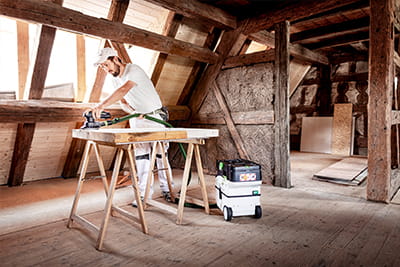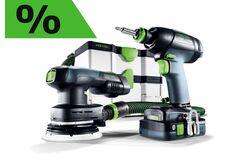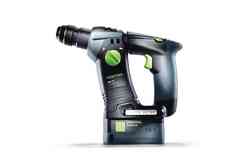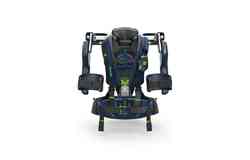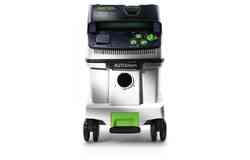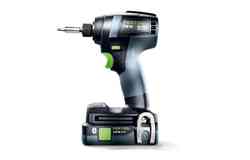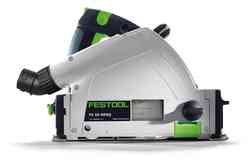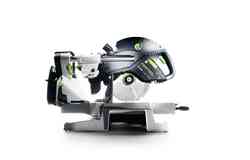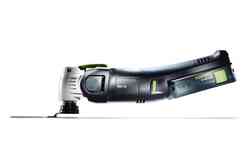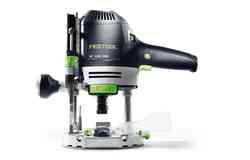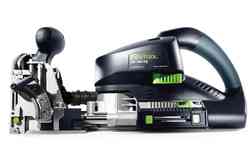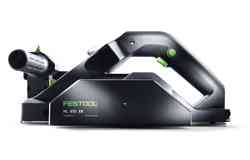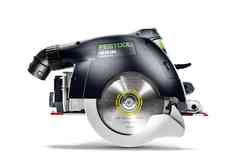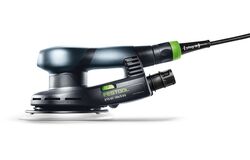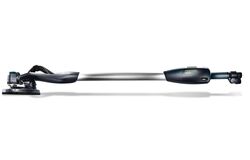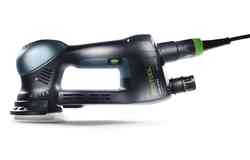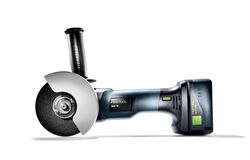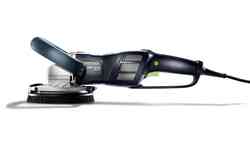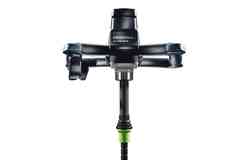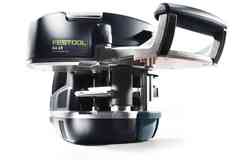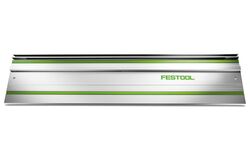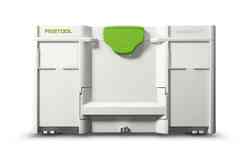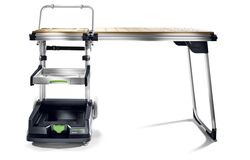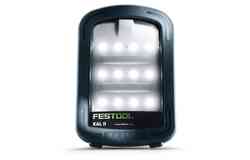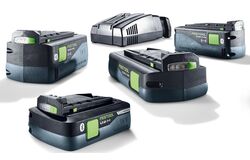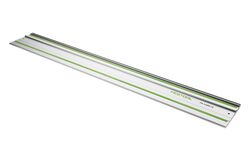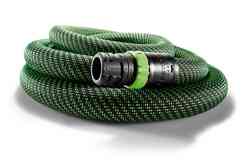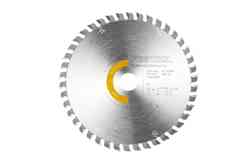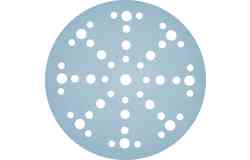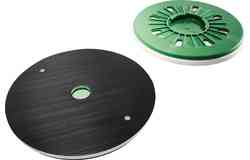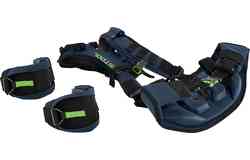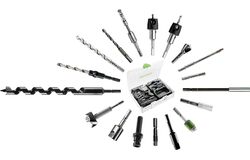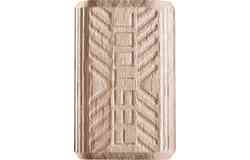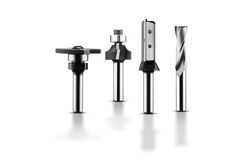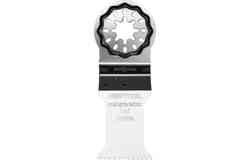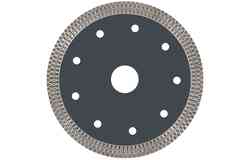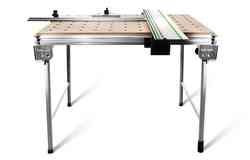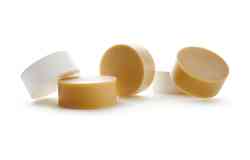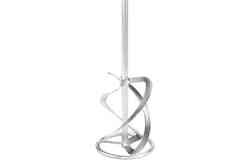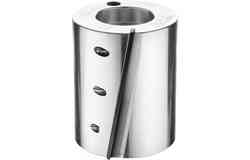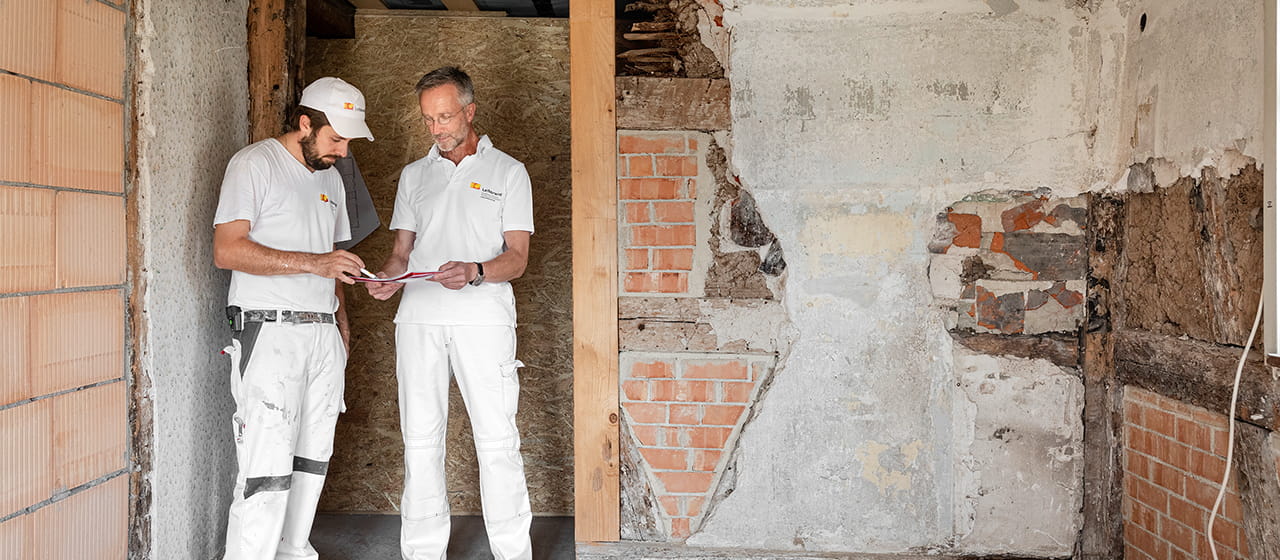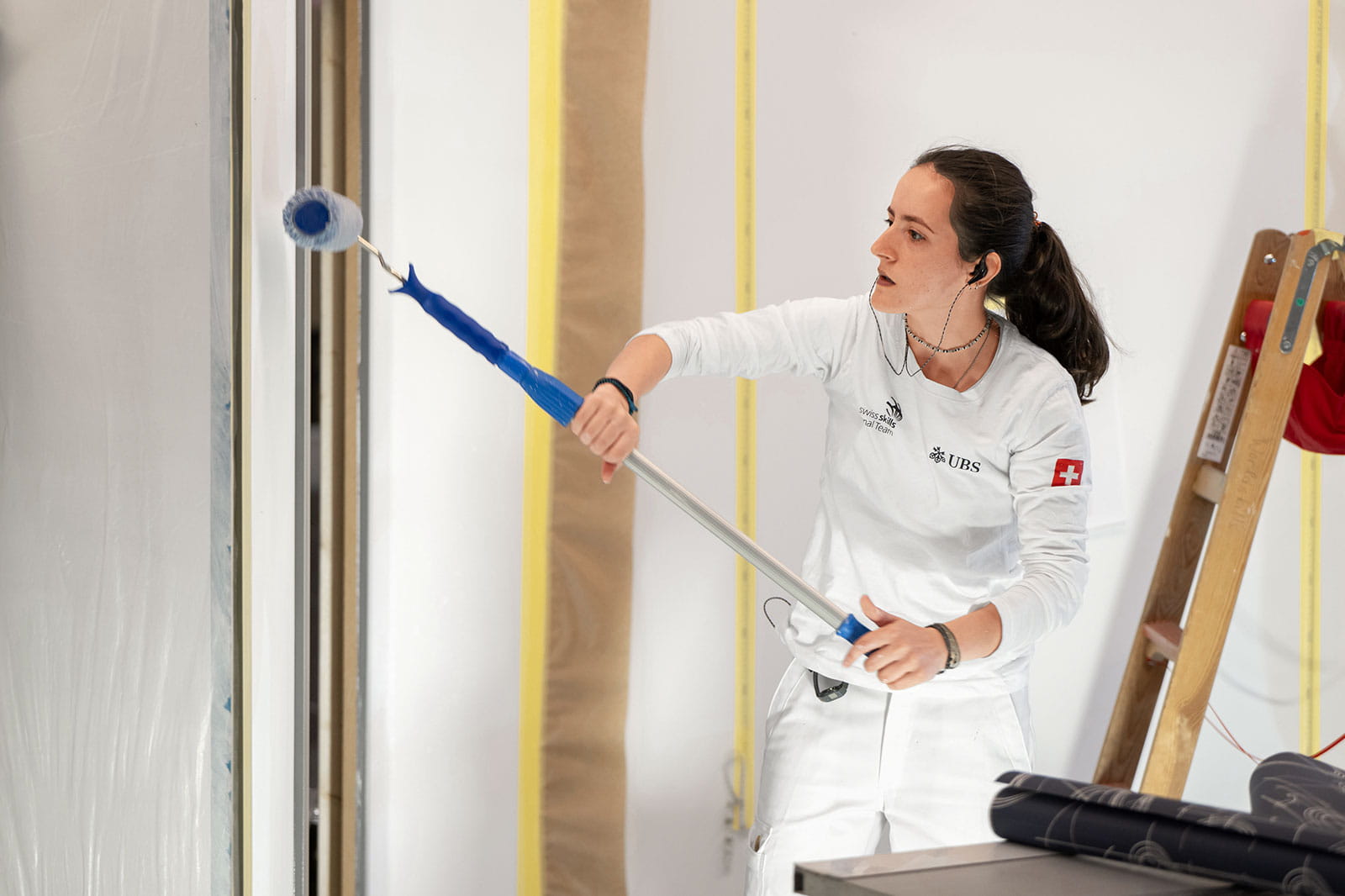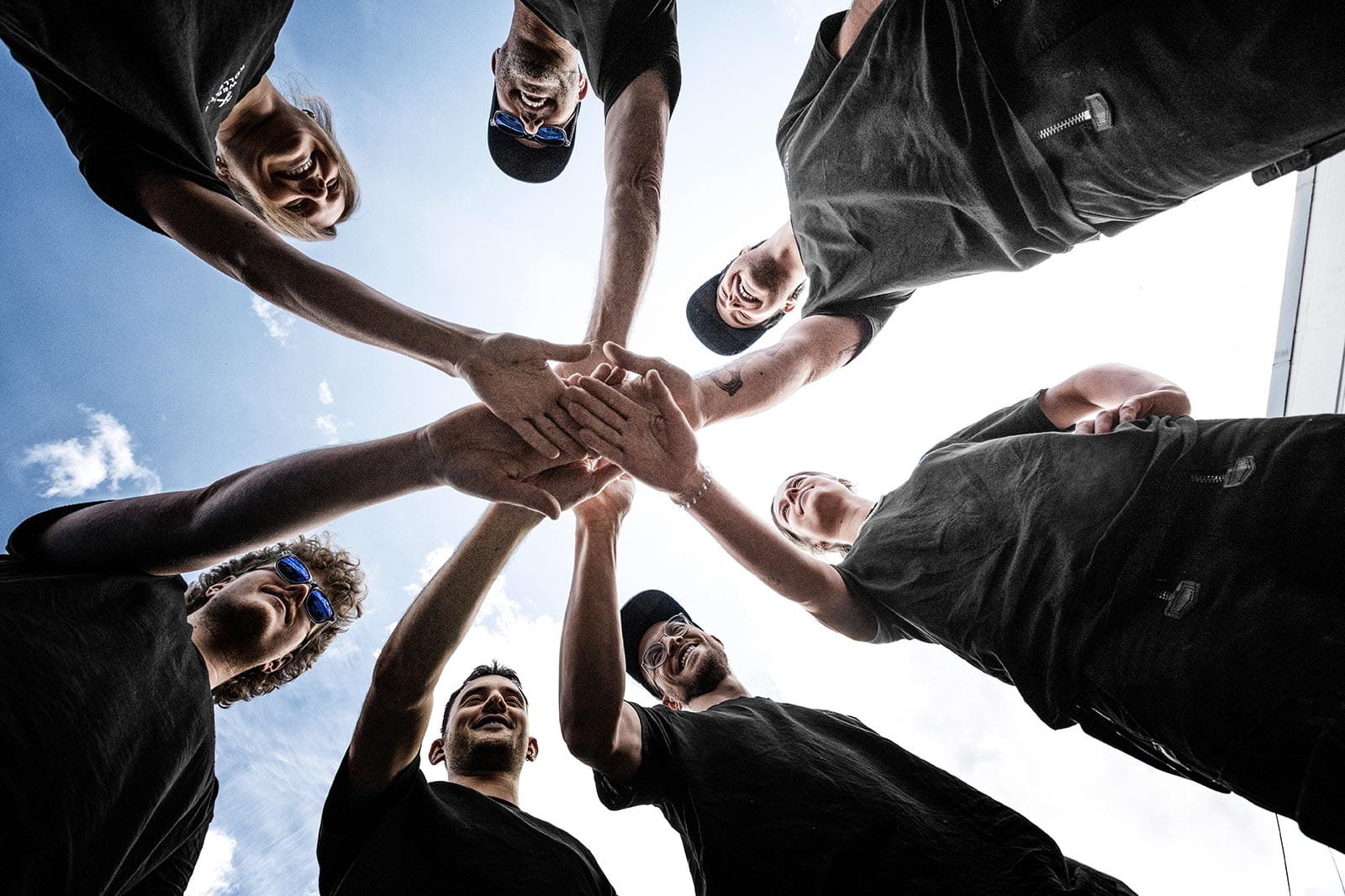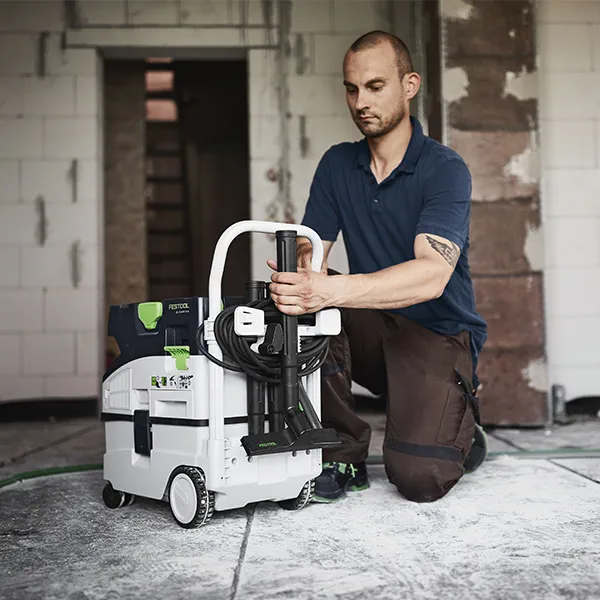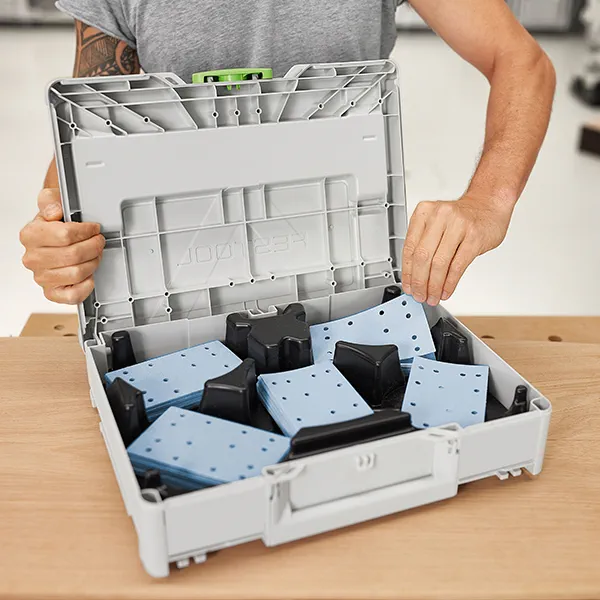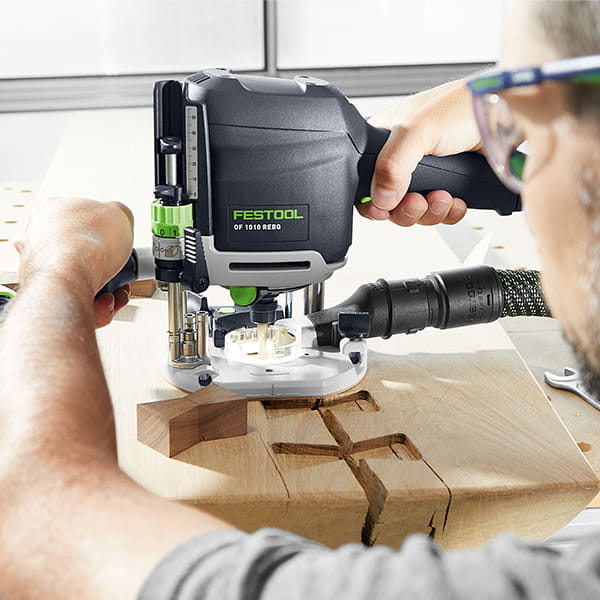
Historically valuable
Passionate about timber frame restoration projects
Maintaining half-timbered houses is as challenging as it is rewarding. Only those who have truly mastered the craft are let loose on these projects. Manfred Schuler is that type of person. He’s the head of the Timber Frame and Monument Restoration department at Schorndorf-based painting company Leibbrand. In 2020, the company won the award for "Painter of the Year" in the specialised work category.
Let's start by saying that Manfred Schuler is too young to be described as "historically valuable". He has earned this title, but for professional reasons. We meet him at a construction site in the centre of Urbach – in a dilapidated 17th-century half-timbered house with a history spanning over 350 years. The master painter and restorer seems to know every beam, brick and straw in the house like the back of his hand. It is his job. But also, his passion. Manfred Schuler knows his way around timber frame renovation projects like no one else. His journey began with a classic painting apprenticeship before progressing from qualified tradesman to master, making the leap from a small family-run business to Leibbrand and Schorndorf, where he continued his training as a restorer. Today, he’s the head of the Timber Frame and Monument Restoration department at Leibbrand. There are eight permanent employees in his team, some of whom have been with the company for over 20 years.
A modern restoration that respects the original roots
Manfred Schuler has inspected and documented the historical structure of the half-timbered house in Urbach to enable him and his team to restore the building in a modern way that still respects the original roots. The house is in incredibly good condition, he says, explaining that the weathered and crumbling mortar in the infill is relatively straightforward to renovate by wetting the decades-old clay. It is the intersections between the different elements that are crucial because wood is alive – and the clay, brick and lime plaster in the infill have a life of their own as well. "Handling these dynamics causes us quite a headache, even today." And when he says "us", he means the painters, carpenters, architects and monument conservators. For the system to work, all these cogs need to run smoothly together. One alone cannot set the direction.
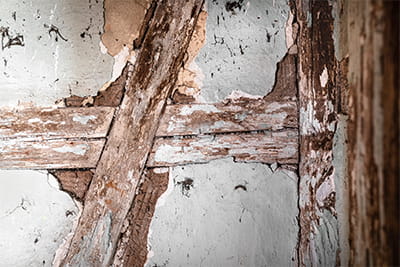
"No two half-timbered houses are the same, each one is unique, and there are no standard, off-the-shelf solutions."
Manfred Schuler, master painter and restorer
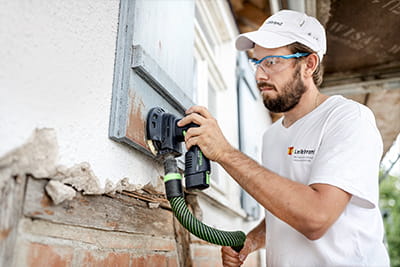
Ecological and sustainable construction
The experts endeavour to preserve as much of the original structure as possible, relining spaces with bricks, or spraying in the case of more complicated geometries. The old clay is sometimes reworked and reused, with the final lime plaster layer ensuring that the walls can breathe. Marco Dworzak prepares the windows and frames using the Festool cordless sander. Over the past year, he has successfully completed further training in painting and varnishing for restoration work in monument preservation. He has been on Manfred Schuler's team for 10 years now. Manfred Schuler is always keen to pass on his experience to the ambitious next generation.
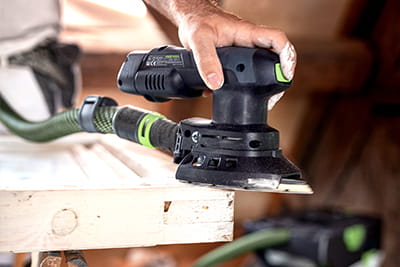
He has led and completed more than 100 projects – at some point, he stopped counting. "No two half-timbered houses are the same, each one is unique, and there are no standard, off-the-shelf solutions," he says. It is clear from his face that he loves that about them: "Every single time, I take my hat off to the craftsmanship from that era. It was structurally sophisticated and technically exceptional – today, you would call it ecological, durable and sustainable!" Historically valuable qualities that one should perhaps start attaching more importance to again, both now and in the future.
U. Leibbrand GmbH
Gustav Leibbrand founded the "Süddeutsche Brokatmalerei" in Schorndorf in 1923, and his son Ulrich Leibbrand joined the company in 1959. Frank Krämer took over U. Leibbrand GmbH in 1992. The painting business has evolved into a full-range service provider with over 90 employees, covering the entire range of trades from painting, plastering and varnishing, dry mortarless construction, interior finishing and joinery to floor coatings and balcony renovations, as well as timber frame and monument restoration.
